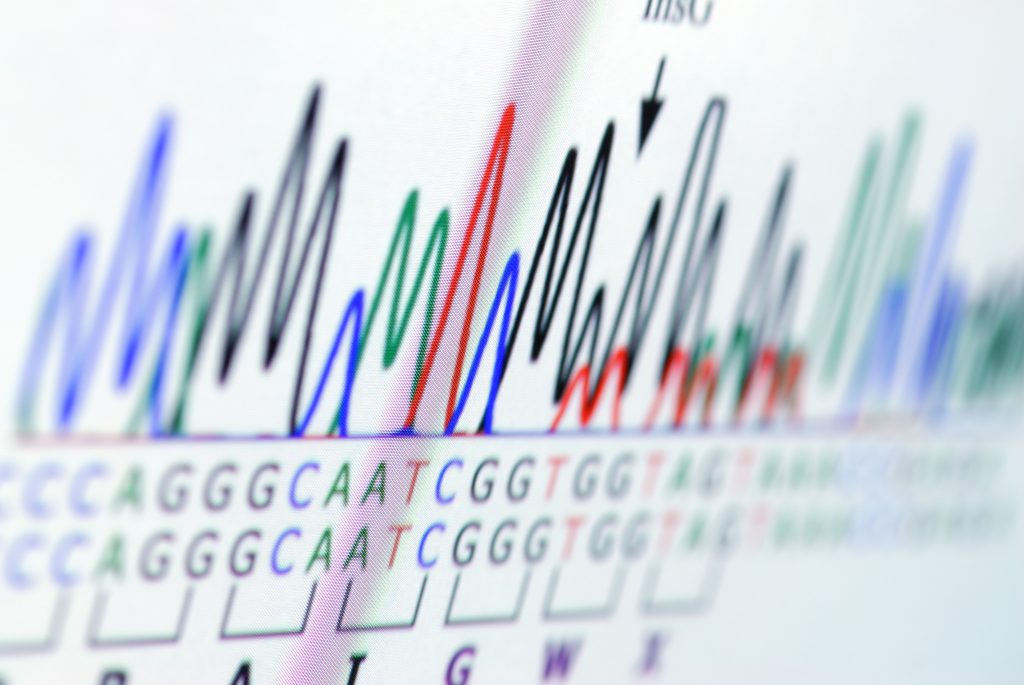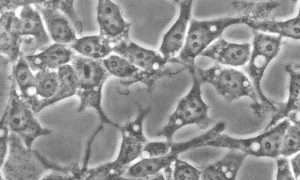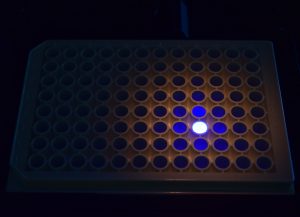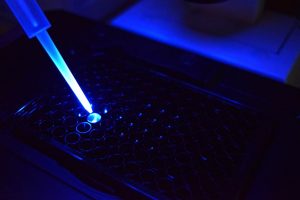
|
|
Technology platform
Our main research activities are focusing on the deorphanization of human Olfactory Receptors (hORs) and the identification of agonists, antagonists or enhancers for these hORs. The company has developed unique and proprietary cell lines (a worldwide exclusive license from Duke University technology) that are highly efficient for the expression of ORs, as well as High-Throughput-Screening systems (HTS) that can perform a thousand screening assays a week.
Technology platform
Receptor plasmids
To elucidate the activity of odorant compounds on the ORs, ChemCom has cloned the entire repertoire of hORs (~400 hORs) as well as genetic variants for some of these ORs, leading to the cloning of more than 700 sequences. This collection includes the 273 ORs identified by ChemCom that are expressed in the human olfactory epithelium (Verbeurgt et al, 2014).


Compound libraries
Devices
ChemCom characterizes the interactions between compounds and sensory receptors by measuring the modification of the level of a second messengers (cyclic Adenosine-Mono-Phosphate cAMP or Calcium) induced by those interactions (for example, an activation leads to an increase of cAMP and/or calcium within the cell). cAMP measurement is generally performed using High-Throughput-Screening (HTS). ChemCom has 5 differents liquid handling stations (single, 8 and 96 pipetting heads) and 4 multimode readers, all of them associated with robotized arms or stackers thus enabling automation. The liquid handling stations are also used to prepare compound plates (mother and daughter plates) at the required concentration. In parallel, 2 epifluorescence microscopes, totally automatized by ChemCom, are available and allow us to perform medium throughput Calcium imaging experiments. All these devices allow to perform the qualitative (Agonist, Antagonist, Enhancer) and quantitative (EC50, IC50…) characterization of the interaction between sensory receptors and their ligands.



 24h
24h



